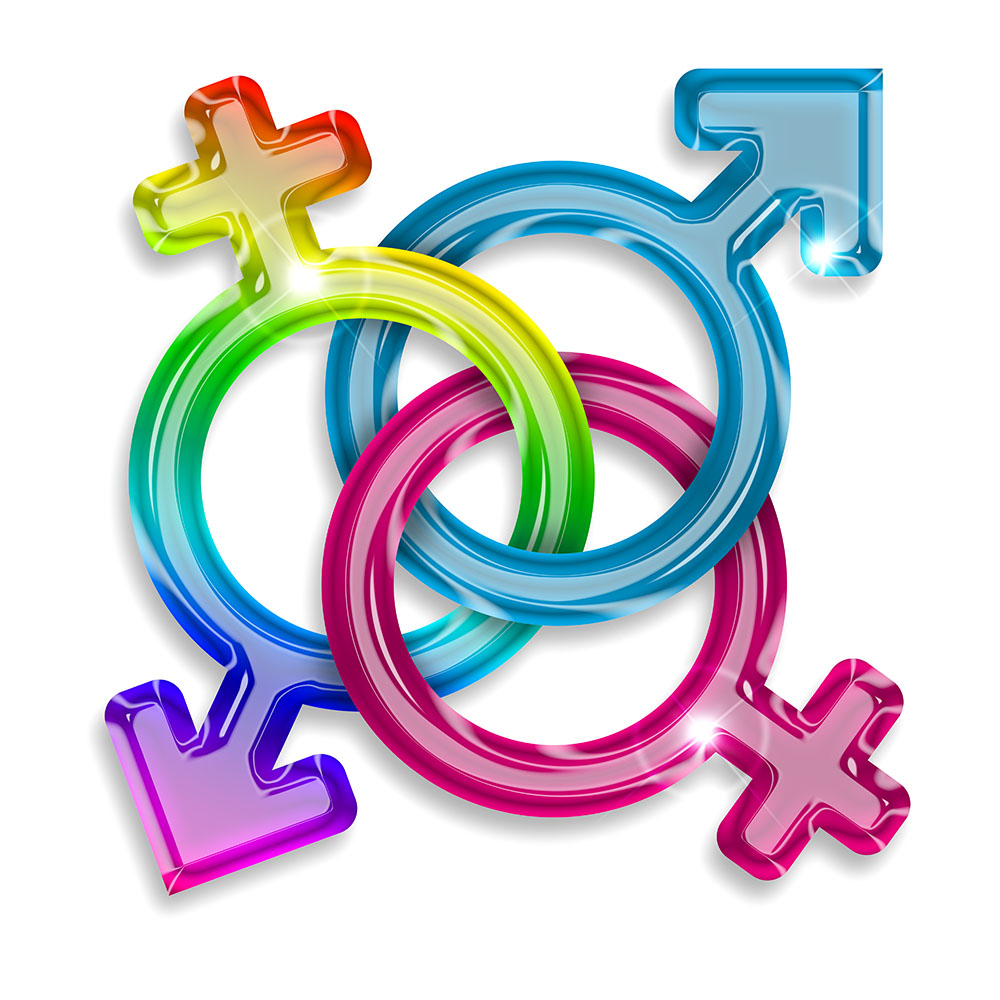
The question of gender dysphoria is suddenly in the news.
Recently, it has received unprecedented attention, with major Hollywood movies made about it, documentaries on TV discussing it (Vogue Williams), and colourful images of the very public transition of the former Olympian Caitlin Jenner on the cover of Vanity Fair.
Why is gender on the agenda?
RTE Radio 1 - Today With Sean O'Rourke - gender dysphoria
The first thing to say is that gender dysphoria is not a mental illness. It is a rare and distressing phenomenon and, in younger people especially, it is a process rather than an event.
Modern media has made information about these issues more available and in unprecedented amounts, mostly via the world wide web and social media platforms. All this means that young people are more informed about these issues than any generation before.
The experience of distress about one’s apparent gender is an alarming phenomenon. It occurs with a rare frequency to a small number of people, but, recently, there has been an increasing number of presentations of gender dysphoria at specialised clinics. The Tavistock clinic in London has seen a steady increase over the past 10 years and a near doubling of presentations in the past year.
The data everywhere is poor, but the best possible information suggests that the incidence of gender dysphoria (the number of new cases per year) is roughly two per 100,000 of the population. The prevalence is also probably not reliably known, but it may be as low as one in 25,000 for those assigned males who wish to be female, and one in 50,000 for those assigned females who wish to be male.
There are many theories as to the cause of gender dysphoria, but there is no known cause. It’s probably multifactorial with social, psychological and also biological inputs. The best analysis of the data puts psychological factors at the top of the list. The quality of the biological data has been rated as low grade or poor. So gender dysphoria cannot be put down to a single cause.
Gender dysphoria has been described within the framework of mental health for a long time, but it is increasingly understood that its categorisation as a mental disorder is unhelpful. Many LGBTQ+ lobbyists resent its placement within the mental health rubric. This resentment persists even though, less commonly, gender dysphoria is a feature of other mental and behavioural disorders, most notably autistic spectrum disorders.
Debate about the management of gender dysphoria is polarised. Gender dysphoria is a divisive issue. On the one hand there are those who feel this matter is not fit for comment and, on the other hand, there are those who insist on an assertive path, readily providing transition to anyone who demands it. As ever, a more balanced truth is somewhere in the middle.
Not everyone with this problem seeks medical help. There are some who find a personal accommodation with their distress. Longitudinal studies are rare, and it’s clear there is no-one-size-fits-all response to this distress. Ultimately, this is an issue of human rights, and those with gender dysphoria also need care that is compassionate non-judgemental and non-stigmatic.
Some people with this problem have other mental health difficulties, such as persistent autistic spectrum disorders, but most others do not. A full understanding of gender dysphoria is needed. Discussion of gender dysphoria is associated with many opinions but with few facts. There is still too little research and too little data and still too many unknowns about gender dysphoria.
The best care model involves a proper multidisciplinary assessment and the support of an appropriate network. There are many challenges ahead, but every person will benefit from a period of observation, ideally in the preferred gender role. There may be a prolonged period of uncertainty and so no firm conclusions or irreversible actions should be taken in haste.
There is a genuine need for a multi-professional service with sufficient resources to assess and support people with this difficulty. For some people, this may involve medical and surgical intervention, but, for many people, this will not be required. Unfortunately, care for people with gender dysphoria is still poorly organised, especially for those who need assessment and service possibly leading to transition to their preferred gender.
The language of gender dysphoria is challenging. It is best to be compassionate, patient and non-judgemental. Most people with this problem appreciate efforts made by others to use their preferred gender pronouns and preferred gender specific names (rather than their birth name).
For most of us, gender has been a binary matter between simply male and simply female human beings, but, in the future, a more accommodating concept may be necessary to understand gender in modern times. In the future, we may need a broader concept of gender diversity, where males and females express their gender along a continuum. Such a continuum could allow different forms of gender expression to be made without the need for medicalisation or surgery.
Continue to…
What is Seasonal Affective Disorder